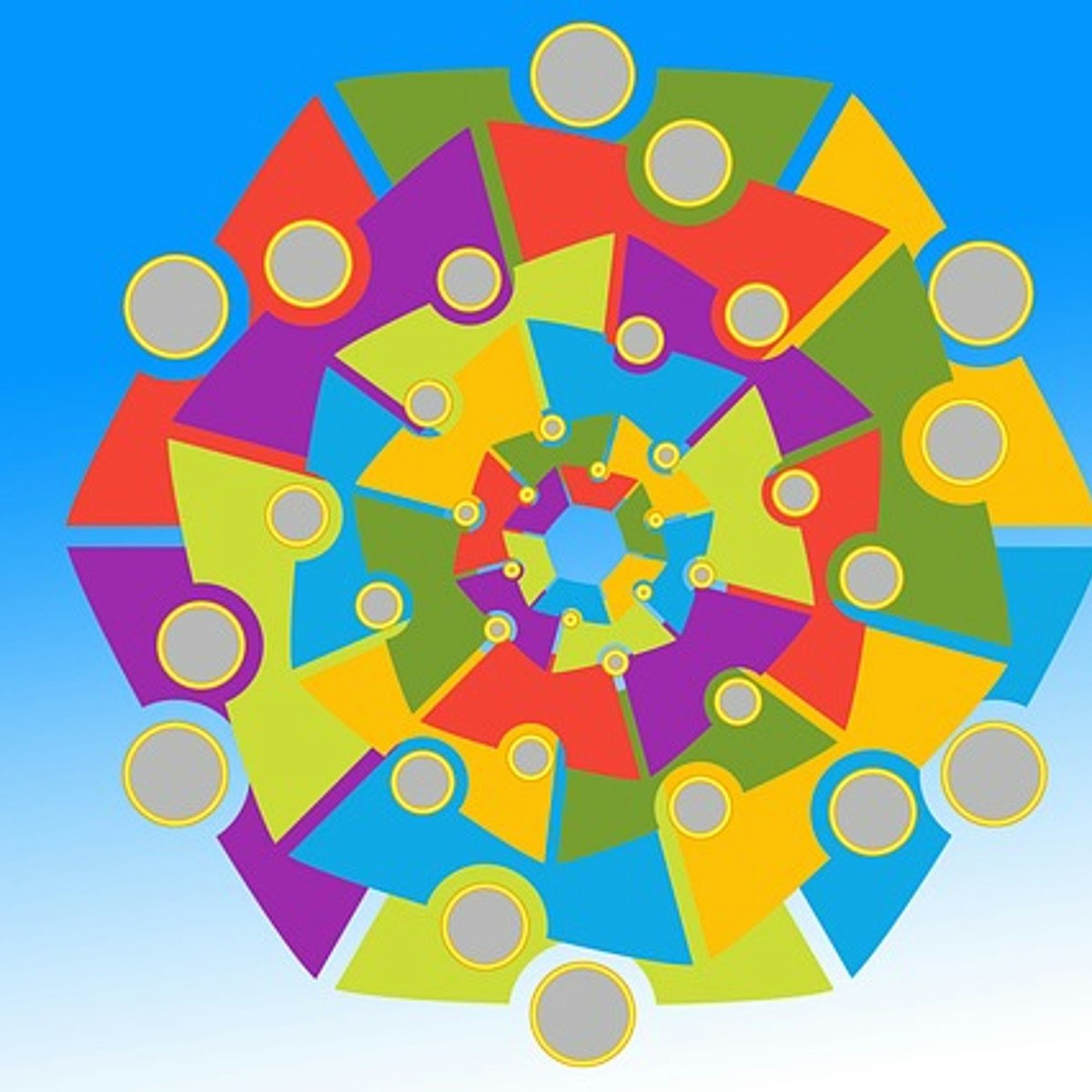Back to Courses









Personal Development Courses - Page 13
Showing results 121-130 of 514

Public Health Perspectives on Sustainable Diets
What we eat and how we produce that food have significant effects on human health and the sustainability of our planet. But what is a ‘sustainable’ diet? A sustainable diet, as defined by the FAO, promotes health and well-being and provides food security for the present population while sustaining human and natural resources for future generations. This short course looks at the urgent need to address the sustainability of our food systems, including better understanding the complex relationship between diet and climate change. We’ll explore current research on dietary shifts needed in high, middle, and low-income countries to achieve both sustainability and food security goals and discuss evidence-based strategies to promote sustainable diets.
This course is offered by the Johns Hopkins Center for a Livable Future and draws from our graduate-level food systems curriculum at the Bloomberg School of Public Health. You may also be interested in our eight-week flagship Coursera course, “An Introduction to the US Food System: Perspectives from Public Health”.

Inclusion, Diversity, Equity, & Access Essentials
This is a four-module course that guides you through some fundamental concepts of Inclusion, Diversity, Equity and Access, with the goal of emerging as a change agent using your spheres of influence to create more intentionally inclusive, diverse, equitable, and accessible environments. These modules include activities, various forms of media, and other interactive resources to help to you actively engage with the material and guide you through your own self-awareness and reflection about these topics.

Research Design: Inquiry and Discovery
The main purpose of this course is to focus on good questions and how to answer them. This is essential to making considered decisions as a leader in any organization or in your life overall. Topics will include the basis of human curiosity, development of questions, connections between questions and approaches to information gathering design , variable measurement, sampling, the differences between experimental and non-experimental designs, data analysis, reporting and the ethics of inquiry projects. Emphasis will be placed on approaches used in the social sciences (i.e., sociology, psychology, anthropology), but we will also discuss how others (i.e., natural scientists, business analysts) might approach the inquiry process. No prior knowledge of statistics is required for this course.

Cameras, Exposure, and Photography
Welcome to Course One of Photography Basics and Beyond: From Smartphone to DSLR! In these first 4 Modules you will gain the knowledge and the confidence that will help you make good choices as you consider qualities of the camera you own, and the qualities of the other types of digital cameras you might be considering. You will learn about the basic functions that most digital cameras have in common. You will also go beyond the "technical" matters and learn about how you can make exciting pictures by emphasizing the aspects of Frame and Vantage Point to interpret old subjects in new ways. Discovering accessories that photographers find useful, and the types of camera bags from mini to carry-on sized, is also in store for you. You will also make your first photographs and, if you are a subscriber to the specialization, upload pictures to the web gallery and start interacting with your fellow learners in our "Gallery." Let's get started with Module One!

Communication as a Technical Leader
An engineering leader spends a majority of their day interacting with others. Indeed, studies repeatedly point to the impact communication skills have on the ability of managerial leaders to succeed or fail. Too often, individuals move into managerial leadership roles without an awareness of the need to improve in this area. This course focuses on interpersonal skills such as listening, counseling, non-verbals, mentoring, coaching, building trust, and providing feedback.
This course can be taken for academic credit as part of CU Boulder’s Master of Engineering in Engineering Management (ME-EM) degree offered on the Coursera platform. The ME-EM is designed to help engineers, scientists, and technical professionals move into leadership and management roles in the engineering and technical sectors. With performance-based admissions and no application process, the ME-EM is ideal for individuals with a broad range of undergraduate education and/or professional experience. Learn more about the ME-EM program at https://www.coursera.org/degrees/me-engineering-management-boulder.

Mental Health and Resilience for Healthcare Workers
This course will help institutions and individuals better manage the mental health challenges of being a healthcare worker. Healthcare providers such as the University Health Network (UHN) address the mental health needs of their staff through several initiatives intended to help build resilience and to provide respite from the demands of their work. This was critical during the pandemic but, of course, healthcare workers encounter high levels of stress even without a pandemic. The primary purpose of this course was to document and explain lessons learned with the hopes of informing healthcare institutions and healthcare workers about effective strategies and why they work. Dr. Heather Gordon will highlight strategies she has employed within the UHN during the pandemic, and Professor Steve Joordens will discuss the psychology underlying these interventions.

Solving Problems with Creative and Critical Thinking
In order to find a solution, one needs to be able to analyze a problem. This short course is designed to teach you how to solve and analyze problems effectively with critical and creative thinking.
Through the use of creative and critical thinking you will learn how to look at a problem and find the best solution by analyzing the different ways you can solve a problem. By taking this quick course you will gain the skills you need to find the root cause of a problem through the use of a five-step method. You will learn the process you must go through in order to find the problem, which leads to finding a solution.
You will gain the necessary skills needed for critical and creative thinking which will be the foundation for successfully solving problems. This course provides fundamental skills that you will need to use in your day to day work.
The course is suitable for anyone – students, career starters, experienced professionals and managers - wanting to develop problem solving skills regardless of your background. By taking this course you will be gaining some of the essential skills you need in order to be successful in your professional life.
This course is part of the People and Soft Skills for Professional and Personal Success Specialization from IBM.

Career Options: Exploring a New Career
This course is for you if you are interested in researching a new career and acquiring the skills necessary to succeed in it. You will be asked to reflect on your experiences and critically evaluate what you currently know, what you need to acquire, and how to go about getting it. You will then identify groups and individuals that can serve and support you in exploring a new career. During this course, you will identify the elements of a well-structured career plan and evaluate career options by individual fit to determine how to effectively engage your network in your career journey.
You will design a tactical career plan and identify pitfalls in behavior, communication and appearance that can derail a new career. You will also develop a targeted cover letter and resume using a proven business format. Your experiential learning can also be a valuable asset, linking your personal experiences with your chosen career. We will help you define your career objective statement and align this with your strengths and goals. Finally, you will be challenged to research and identify your personal values inventory, and evaluate how to best navigate the current job market by using an innovative approach called career rockclimbing.

Stepping Up: Preparing Yourself for Leadership
In this course, you will explore the importance of self awareness and feedback, as well as issues such as bias and imposter syndrome. As a leader, it is important to know when to step in and lead, as well as how to establish boundaries and resolve conflict. This course will equip you with these fundamental leadership skills and will also help you develop your ability to influence others (including your “boss”), measure your impact and enhance your resilience.
This course is aimed at leaders and managers who have five to six years experience and who are beginning to manage teams, customers and clients more regularly or more directly. A majority of those taking this course will have a technical or professional early career, but are progressing professionally so are starting to grapple with the issues of team and organisational leadership.
By the end of this course, you will be able to:
– Identify how you are perceived by your colleagues as leaders.
– Make better decisions about when to step in, and when to stand back, as a leader and how to work with conflict as a productive force.
– Explain how to lead and support your boss to both achieve your goals in your respective leadership positions.
– Manage your energy to be seen as a positive, influential leader.

Procurement & Sourcing Introduction
After a warm Welcome to the Global Procurement and Sourcing Specialization, I will provide a brief introduction to the specialization and its courses covering the following:
-Instructor Biography
-Who should take this course
-Flow of the course
Following the introduction, the student will get the opportunity to learn about some of the current challenges facing procurement and sourcing professionals today through reading ten current articles ranging from what is procurement to how to collaborate with suppliers. These articles/knowledge will be a foundation for later courses on how to use tools, processes and improve skills to address many of these opportunities. There will be a brief assessment (true/false) of your knowledge gained from these articles.
Popular Internships and Jobs by Categories
Find Jobs & Internships
Browse
© 2024 BoostGrad | All rights reserved